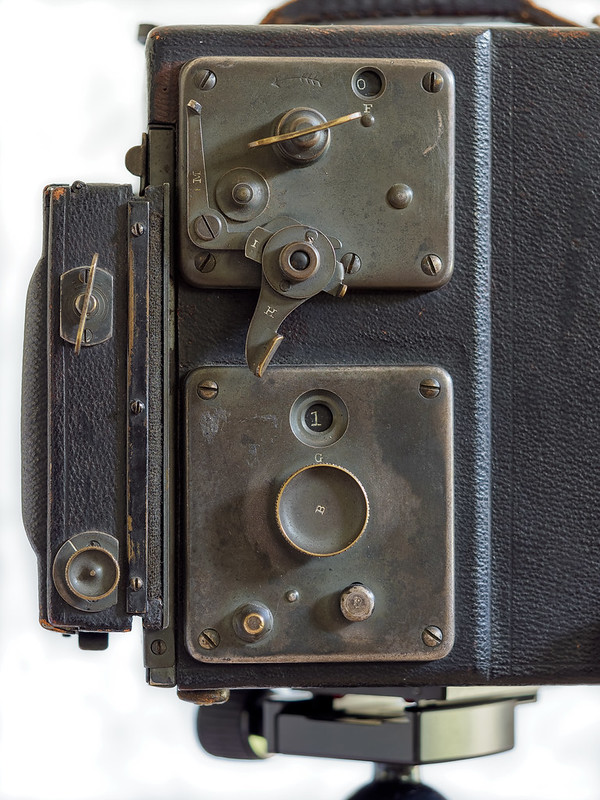Lynn and I were able to visit Gettysburg for a short time on our way home from Pennsylvania last July. It was a bright and sunny day, but you can’t help but feel somber thinking about what occurred there. Over a brutal three-day battle, the two sides suffered more than 46,000 casualties and it’s said Gettysburg marked the turning point of the Civil War.
 This field of battle is quiet now. Near the site of Lincoln’s address, Gettysburg National Military Park
This field of battle is quiet now. Near the site of Lincoln’s address, Gettysburg National Military Park
Shortly after the battle, Abraham Lincoln delivered the Gettysburg Address. His closing words are especially appropriate on Veterans Day and every day:
"... that from these honored dead we take increased devotion to that cause for which they gave the last full measure of devotion—that we here highly resolve that these dead shall not have died in vain—that this nation, under God, shall have a new birth of freedom—and that government of the people, by the people, for the people, shall not perish from the earth."
Every year in the United States, we pause on the 11th of November to honor the service and sacrifice of all men and women who answer the call. To our veterans and to those serving today – you have our deepest gratitude. We honor you for your service and sacrifices.
 “Army of the Potomac, Second Corps, Artillery Brigade, Battery I First U.S. Artillery”
“Army of the Potomac, Second Corps, Artillery Brigade, Battery I First U.S. Artillery”
Especially in today’s world, those who choose to volunteer for the military endure long periods far from home and loved ones. They live in conditions without the comforts that we take for granted. They face danger and conquer fear to protect our freedom and way of life. In far too many cases, they give their all – sacrificing life and limb. We owe them.
Some previous Veterans Day related posts:
- https://edrosack.com/2017/11/10/veterans-day-2017/
- https://edrosack.com/2012/11/12/u-s-veterans-day/
- https://edrosack.com/2011/11/10/veterans-day-2011/
- https://edrosack.com/2011/03/19/washington-dc/
- https://edrosack.com/2010/09/18/a-post-of-many-questions/
- https://edrosack.com/2010/08/12/evansville-indiana-photo-ops/
- https://edrosack.com/2010/05/30/memorial-day-2010/
- https://edrosack.com/2009/11/11/veterans-day-2009-thank-you-for-your-service/
- https://edrosack.com/2008/05/26/memorial-day/
Thanks to all of you for stopping by and reading my blog. Now – go out and thank a veteran!
©2018, Ed Rosack. All rights reserved


































